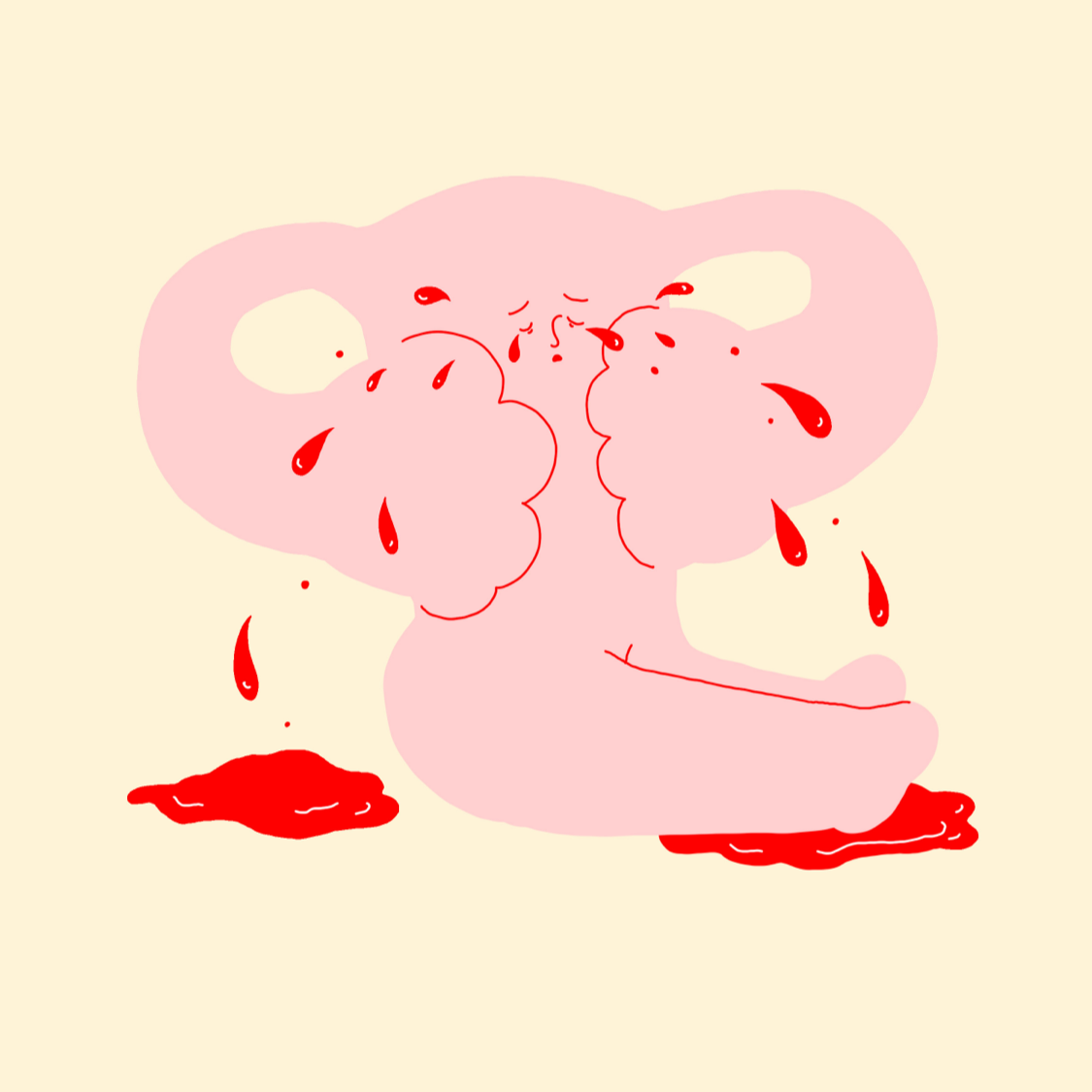Objectives
Many women have experienced blood stains on their underwear outside of their menstruation period at least once. If the bleeding is a small amount that lasts a day or two you probably just shrugged it off and returned to your peaceful life. Or maybe you anxiously waited at the hospital for treatment? So what is this random blood, and how is it different to your menstrual cycle?
It’s Definitely Not Menstrual Blood
Let’s find out about the reason why we bleed outside of our normal menstrual cycle as well as the predictable risks, treatments, and prevention.
✔️ Abnormal Uterine Bleeding (AUB)?
AUB refers to bleeding that occurs:
- Outside of the menstrual cycle
- As a menstrual cycle lasting more than 7 days
- As heavy menstrual flow
- Or as bleeding after menopause
✔️ Cause of the Bleeding
The American College of Obstetricians and Gynecologists in the U.S. have classified the causes of AUB into the structural and the functional components of “PALM – COEIN”.
- Structural AUB
The causes of symptoms can be diagnosed by visual examination or various tests. The following diseases are the general causes:
- Polyp
- Adenomyosis
- Leiomyoma
- Malignancy
Bleeding can also occur due to pregnancy complications, venereal infection, diabetes, or thyroid dysfunction.
- Functional AUB
When structural causes cannot be clearly identified the following diseases are generally linked to the cause:
- Coagulopathy
- Ovulation dysfunction
- Endometrial
- Iatrogenic
- Not yet Classified
About 75% of AUB is functional uterine bleeding due to a hormonal imbalance.
(This is usually when we visit the hospital due to abnormal uterine bleeding and the doctor’s opinion is that there is no particular problem.)
Hormonal imbalances generally occur due to the lack or absence of ovulation related to issues such as stress, fatigue, strenuous dieting, medication, or polycystic ovarian syndrome.
✔️ Treatment
The cause for structural AUB can be clearly identified and treating the associated disorder can treat the AUB.
However, the cause for functional AUB is not limited to age, the time of bleeding, or environmental factors and it can be difficult to find an appropriate treatment.
Hormonal balance regulation is extremely important for treating functional AUB since its cause is not clear.
Non-steroidal anti-inflammatory drugs are also used to reduce menstrual blood.
✔️ Prevention
It is important to have a healthy lifestyle to maintain a balanced production of hormones.
- Manage your weight to prevent sudden fluctuations
- Reduce stress
- Eat balanced meals
- Get enough sleep
- Exercise regularly
Keeping up with a healthy lifestyle is best for hormonal balance during treatment.
Summary
- If AUB lasts for a long time or if there is also pain, immediately see a doctor.
- Maintain a healthy lifestyle to prevent AUB.
